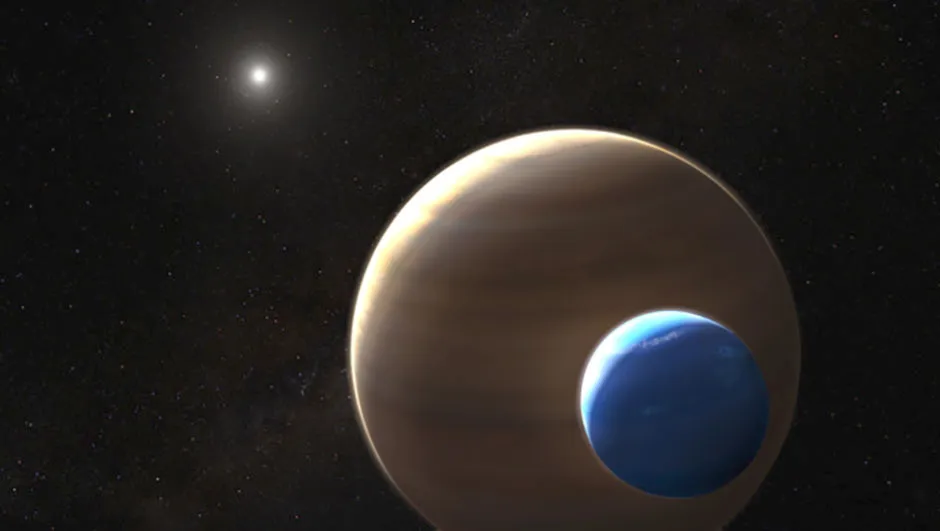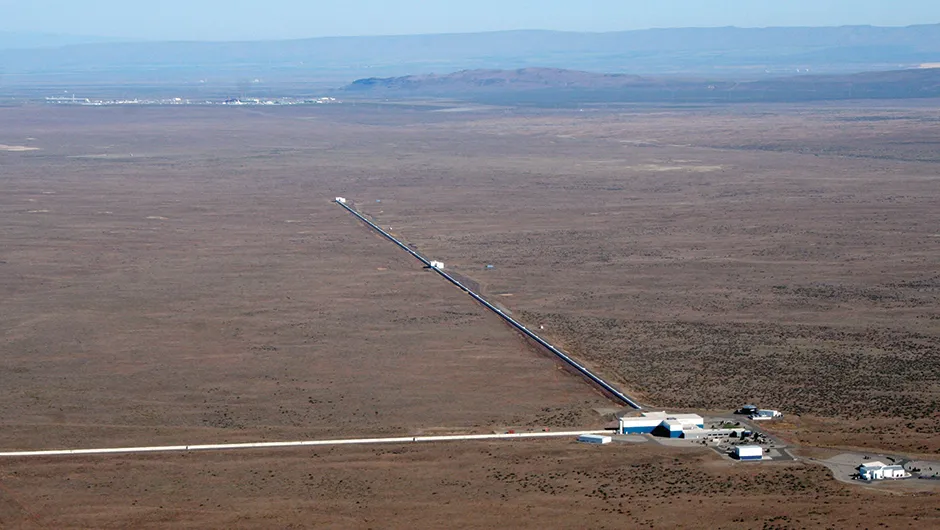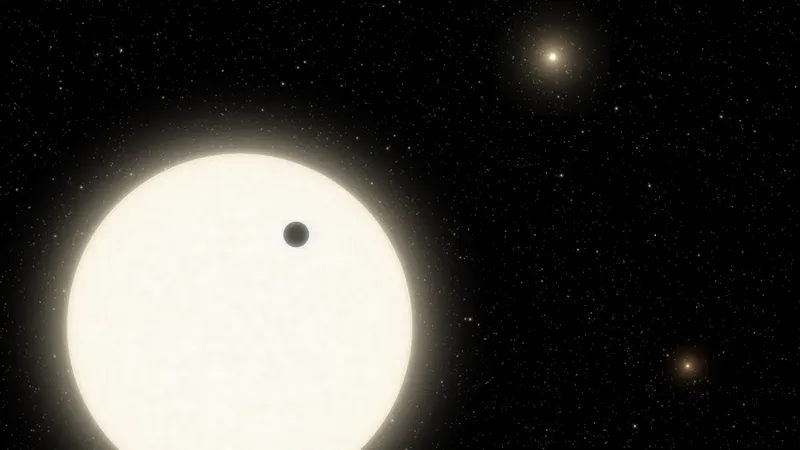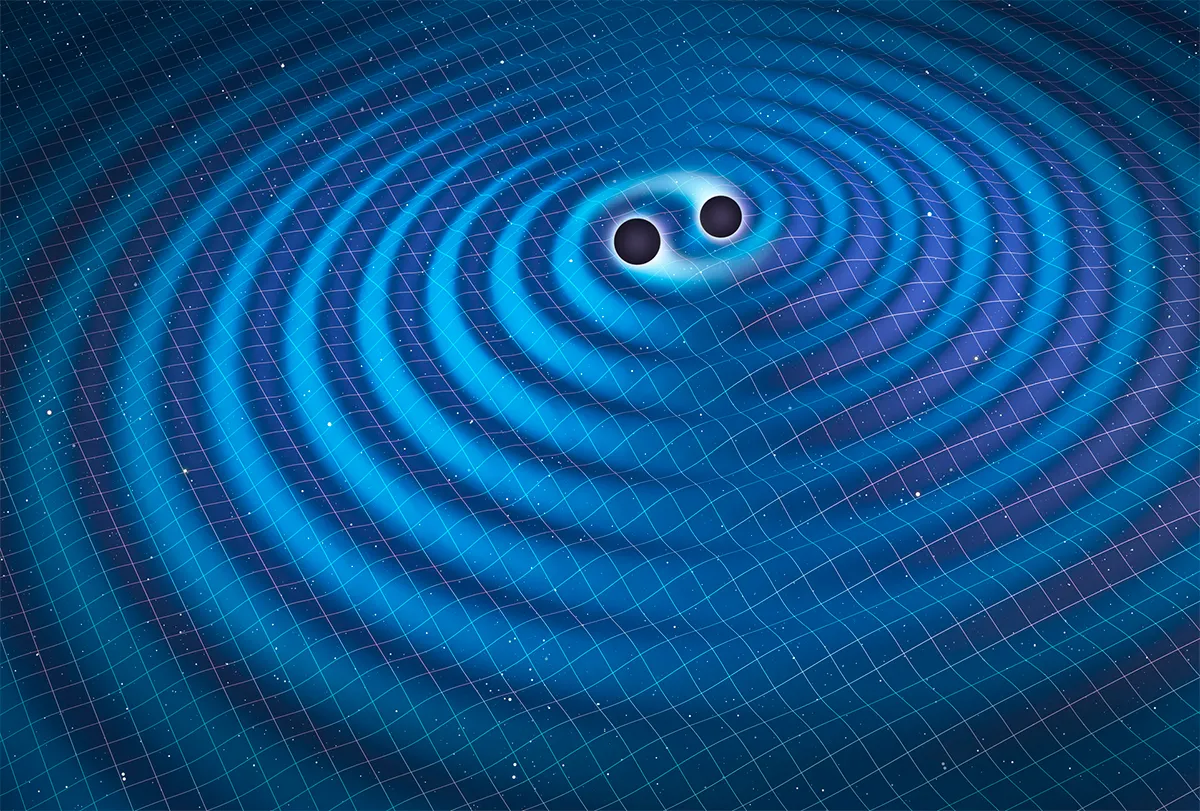The three body problem describes the issues with gravity involved in predicting how three objects in an orbital system will behave.
Isaac Newton knew that if you have a system involving two objects – a single planet orbiting a star, for example – then with a little understanding of how gravity works you can calculate how both will move.
Add a third object to the system, like a moon, and that predictability disappears.
Things start off alright, but even a tiny change in the starting positions of any one of the three objects soon produces wildly different predictions for what the state of things will be in the future.
As we can never know the initial positions of the three objects to infinite precision, then this chaotic behaviour means that the state of the system in the far future (and the distant past) is hidden from us and cannot be calculated.

Solving the three body problem
The ‘three body problem’, as it’s come to be known, is a big headache.
In physics textbooks and university exam papers, you can have a perfectly isolated system consisting of just a star and an orbiting world, but the real Universe shuns such simplicity.
In star forming regions, in clusters of stars and galaxies, in planet formation and in the interaction of black holes, the movement of celestial objects involves three body systems more often than not.
Although the three body problem can’t be solved analytically (where a set of equations leads to a single, definitive answer), progress can be made.
A paper from two astronomers sheds light on the three body problem with a statistical approach to what might happen.

Enter the third body!
The systems they studied are created when a nice, predictable binary star is approached by a third star.
This is the kind of thing that must happen all the time in young star clusters.
Most of the time, models show the resulting triple system behaves as a binary with a distant, third star interacting only weakly with the two at the centre.
But as that interloper swings around there come periods of time where a mad scramble ensues.
This period ends when one of the stars is thrown out to a distance where it's just a third star.
A process which repeats and repeats until a star is ejected completely.

Three body problem and black holes
These calculations aren’t analytical predictions of what might happen.
They’re just what the computer program thinks will happen next in any given circumstance.
By running many such simulations the team could get a prediction of what is likely to happen.
That will be of enormous help to astronomers working in all sorts of fields.
One group looking extremely closely will be those trying to understand the collisions of black holes that produce the gravitational waves observed by facilities such as LIGO (the Laser Interferometer Gravitational-Wave Observatory).

Trying to understand how and why such black holes might form and collide has been difficult.
But if interactions with a third object encourage black holes to eventually merge, the solution might lie in statistical solutions to the three body problem, one of the oldest problems in the books.
Chris was reading The NANOGrav 11-year Data Set: Constraints on Planetary Masses Around 45 Millisecond Pulsarsby EA Behrens et al. Read it online at: https://arxiv.org/abs/1912.00482.
This article originally appeared in the March 2020 issue of BBC Sky at Night Magazine.
